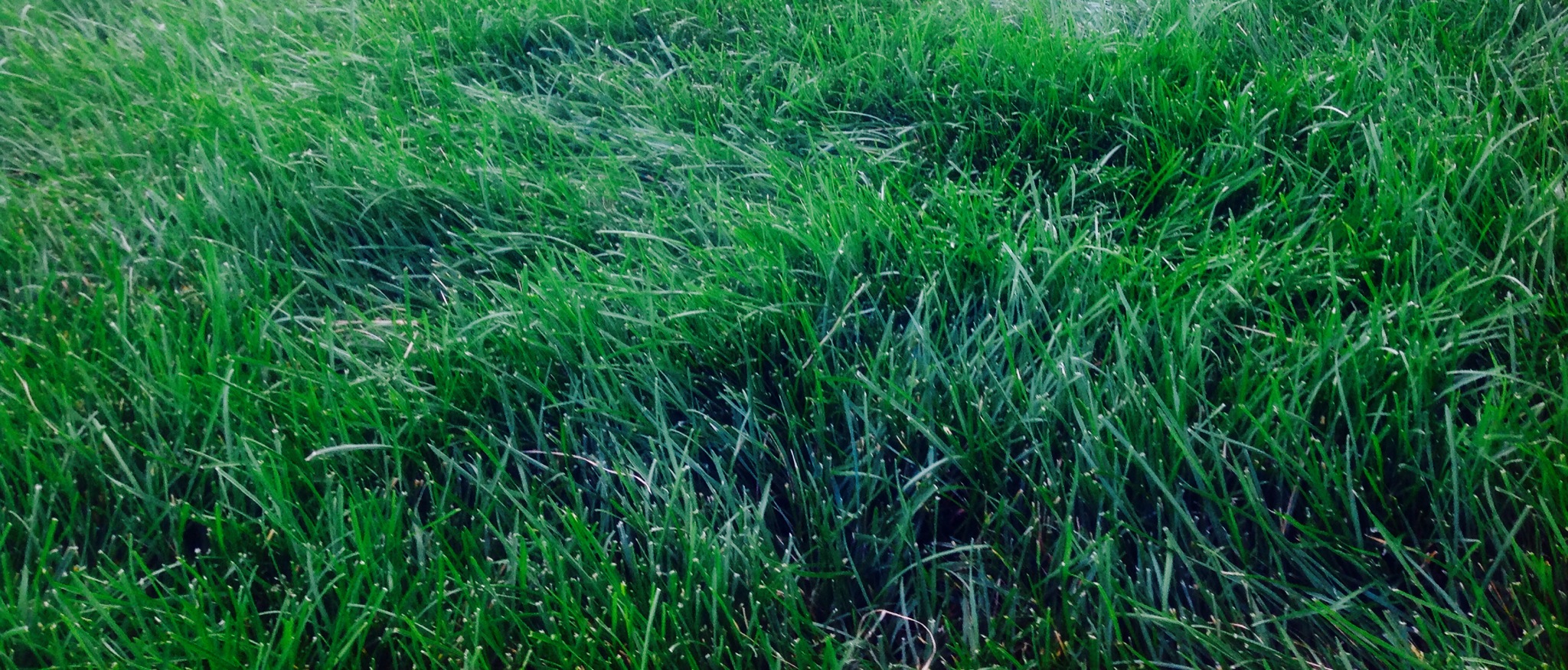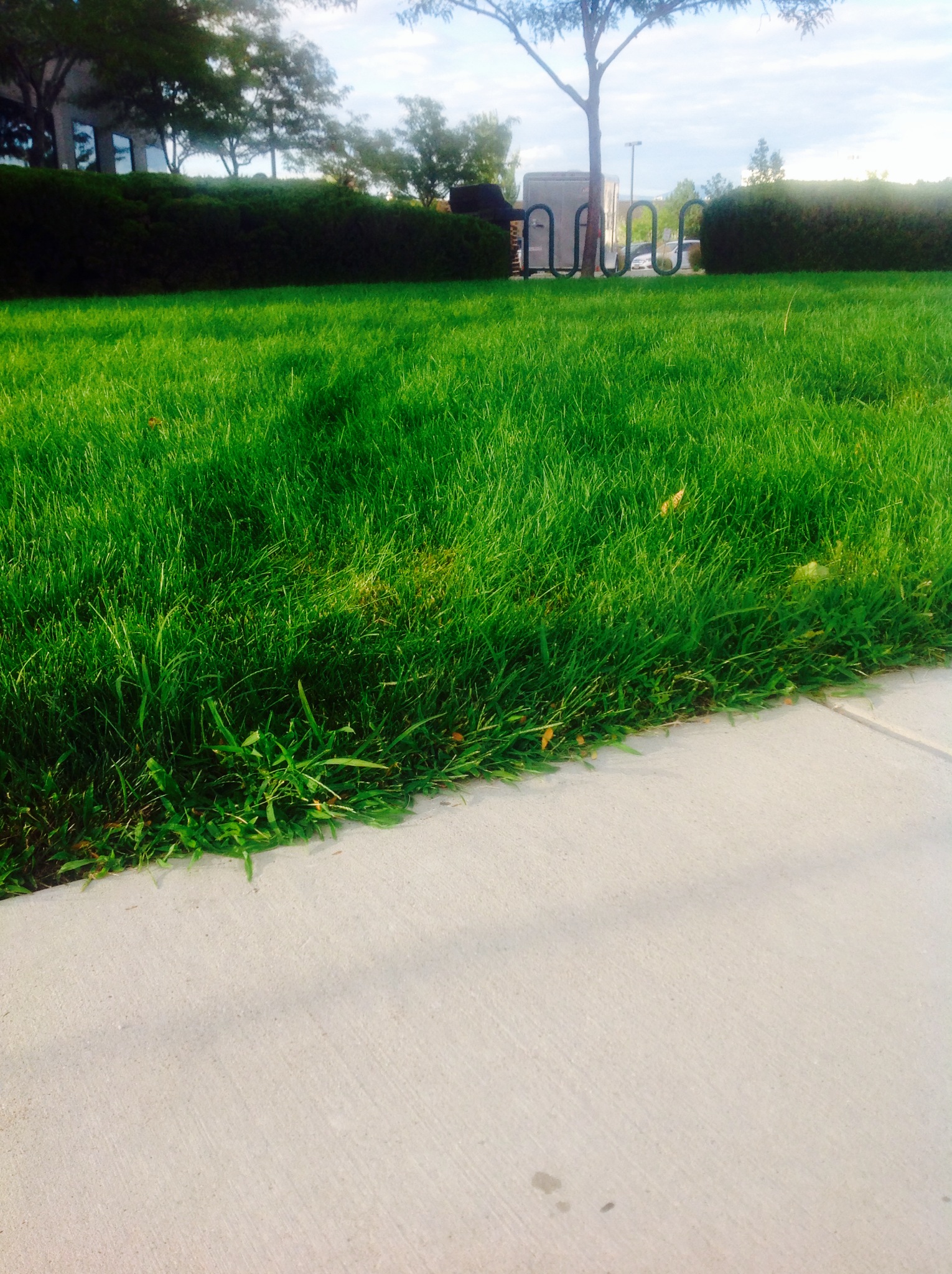Stay Off The Grass

College campuses are generally beautiful places. Lots of brick buildings, picturesque views and large grassy expanses. All of those things take upkeep, of course.
My own alma mater, Brigham Young University is no different. It’s a gorgeous campus, nestled at the foot of the Wasatch mountain range. I enjoyed my time there for many reasons, not the least of which was that I dated and married my lovely wife while we were both students there.
Just because I loved my school doesn’t mean I think they were always the smartest administrators. Every year they had to replace large sections of the grass. Utah’s frigid winters and torrid summers take their toll, but 27,000 students walking on the grass will wear out the sod as well.
One year the school decided to address the issue by taking it straight to the students. At least in my case, their logic completely backfired.
Among my interests is studying Global Warming. It’s fascinating that we hare inside this big Petri dish and we are trying to figure out how it works from the inside. In computer science there is a concept that a computer system cannot check itself. In other words, you need to test software from a perspective outside the program. It’s part of the Turing Tests.
And yet with the earth, we are trying to do exactly that. But, I’m getting off track. If you’ve read about Global Warming at all you know that carbon dioxide is a big part of the equation. Scientists are concerned we are putting too much into the atmosphere.
This really isn’t a Global Warming post, except I have a question for you: What percentage of the earth’s atmosphere is carbon dioxide, also called CO2?
Sure, you don’t know, but just take a guess before you read on.
If you guessed that CO2 makes up somewhere between 25% and 33% of the atmosphere you would be right in line with the guesses my friends have suggested when I’ve asked them.
Okay, ready for the actual number?
400 ppm. . .that’s 400 parts per million. Put a different way, if you have 1,000,000 molecules from the atmosphere, 400 of them would be CO2. Let’s look at that ratio in a different way. If you had $1M, CO2 would be like $400 worth. That seems like a bunch. But, if you do the math, it works out to if you had $100, you would have $0.04 worth of carbon dioxide. Four cents on a hundred bucks.
So, what’s this have to do with the grass at BYU? When people find out that CO2 makes up just .0004% of the atmosphere, it changes their perception of the problem. A friend responded
Well, if it’s that low, I’m going to go start up my fireplace. What’s the big deal?
The big deal is the idea that knowledge can hurt your cause.
The year BYU attempted to get the students involved in reducing the landscaping costs they did it by sending out an announcement:
BYU spends $30,000 per year replacing worn sod. Put another way, each student has to contribute $1 just to replace grass.
They were trying to impress upon us the magnitude of the problem. They failed. I looked at that statistic and thought,
Okay. I’m willing to pay $1 per year to get to my classes a little quicker by walking across the grass.
What’s this have to do with business and computers?
Lots.
I’ve always been a manager who overshares. (Fortune Favors the Bold) And yet there are times where too much information simply creates more questions than it answer. Or worse yet, someone, after hearing your reasoning decides the reason for the decision isn’t valid. Just as I decided that $1/year to walk on the grass was well worth the cost to me.
There are time where you should simply tell people the way it will be and don’t go into detail. (Sometimes The Best Answer Is “It’s Magic.”)
Rodney M Bliss is an author, columnist and IT Consultant. He lives in Pleasant Grove, UT with his lovely wife, thirteen children and one grandchild.
Follow him on
Twitter (@rodneymbliss)
Facebook (www.facebook.com/rbliss)
LinkedIn (www.LinkedIn.com/in/rbliss)
or email him at rbliss at msn dot com

